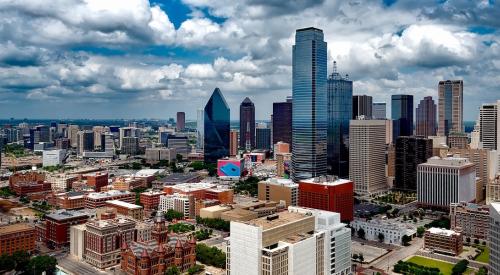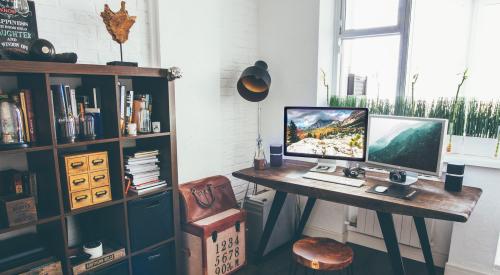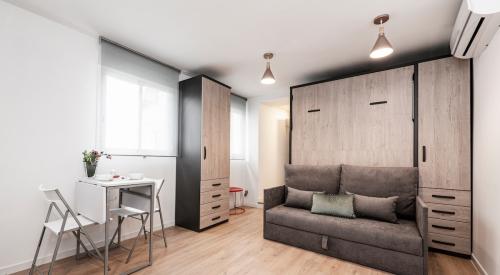Americans are not moving as much as they used to. For many, it is because they are stuck. Lack of affordability ties potential homebuyers down to their current situation, and this isn't helped by the fact that many builders who survived the housing bubble bursting turned to the more-profitable upscale housing to stay afloat. Now, more home builders are trying to fulfill the high entry-level demand. But an even more intentional shift to build for middle America may be needed: Investing in modest renovation, building affordable, smaller properties, and government intervention could unlock the spending power of the majority of America.
If you’ve ever watched HGTV, you’ve seen real estate investors buy run-down or outdated properties, spend a fortune updating them with high-end finishes and then sell them for mind-blowing profits. But I’ve spent roughly 20 years in the real estate industry as an investor, manager and developer, and in a time of staggering income inequality, I have to wonder: Would it make more sense to forgo the 1% and instead target buyers and renters of more modest means?
A look at several cities across the country — San Francisco, St. Louis and Charlotte, North Carolina — shows real estate prices exploding. According to Business Insider, the median rent in San Francisco is $1,700 — with a one-bedroom going for nearly $3,700 — while the average asking price for a house is $1.3 million, making the city by the bay the most expensive in the U.S. for home buyers. San Franciscans need to earn at least $172,000 annually to afford to buy a home there; the city has, of course, experienced a tech boom in recent years, but the San Jose Mercury News reported that just 21% of Bay Area jobs are in the technology industry. The average salary is $88,000, leaving most residents priced out of the market. To make matters worse, half of the city’s nearly 400,000 housing units were built before 1940, and thanks to all that water, there is really nowhere for new construction to go. Business Insider goes so far as to describe San Francisco as “an unaffordable city for all but the super wealthy, where even middle-class residents find it hard to hang on.”













